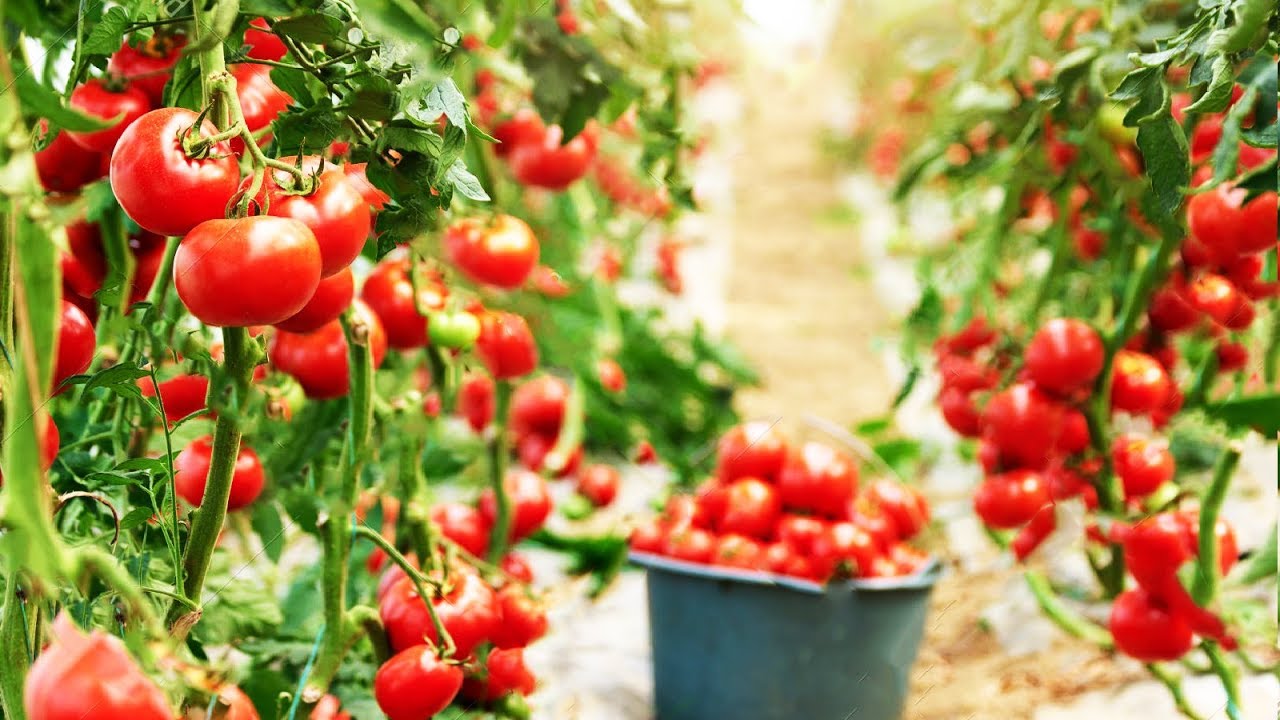
On countless occasions, some farmers have complained about how seeds, especially tomato seeds, are unable to grow when planted unless chemical fertilizer has been applied.
If this happens it’s usually because the soil is dependent on chemical fertilizers and this can lead to damaged soil structure and hinder natural plant growth.
Here’s an in-depth explanation and some suggested solutions to this problem:
Problem: Damaged soil structure due to chemical fertilizer dependency
1. Cause:
· Continuous use of chemical fertilizers without replenishing organic matter can lead to a decline in soil structure.
· Chemical fertilizers may provide essential nutrients, but they don't contribute organic materials crucial for maintaining soil health.
2. Effects on soil structure:
· Reduced organic matter content diminishes the soil's ability to retain moisture.
· Microbial activity and diversity decline, affecting nutrient cycling and availability.
· Soil compaction may occur, limiting root growth and nutrient uptake by plants.
Solution: Rebuilding soil structure with organic manure
1. Introduction of organic matter:
· Add organic manure, such as well-rotted compost or farmyard manure, to the soil. Organic matter improves soil structure by enhancing aeration, water retention, and drainage.
· You can also use rabbit urine and faeces as manure to rebuild soil structure.
· Organic matter serves as a food source for beneficial soil microorganisms, promoting microbial activity.
2. Rest period:
· Allow the soil to rest for about 3 weeks after incorporating organic manure. This rest period allows microbial populations to multiply and organic materials to decompose, enriching the soil.
3. Benefits of organic manure:
· Organic manure releases nutrients slowly, providing a sustained source of nourishment for plants.
· It encourages the growth of beneficial microorganisms that aid in nutrient cycling and promote overall soil health.
4. Crop rotation and diversification:· Implement crop rotation and diversification strategies to further enhance soil health. Different crops have varying nutrient requirements and root structures, helping break cycles of nutrient depletion and disease.
5. Reduced chemical fertilizer dependency:
· Gradually reduce reliance on chemical fertilizers as the soil structure improves.
· Adopt a more balanced approach, incorporating organic and sustainable farming practices.
6. Cover cropping:
· Introduce cover crops during periods when the main crop is not growing. Cover crops contribute organic matter, protect the soil from erosion, and enhance biodiversity.
7. Monitoring and adjusting:
· Regularly monitor soil conditions, plant health, and nutrient levels. Adjust organic inputs and practices based on observations to maintain a healthy and sustainable soil environment.
By rebuilding soil structure with organic manure and adopting sustainable practices, farmers can break the cycle of chemical fertilizer dependency.
This approach promotes long-term soil health, enhances crop resilience, and contributes to sustainable and environmentally friendly agriculture.
Read Full Story

















Facebook
Twitter
Pinterest
Instagram
Google+
YouTube
LinkedIn
RSS